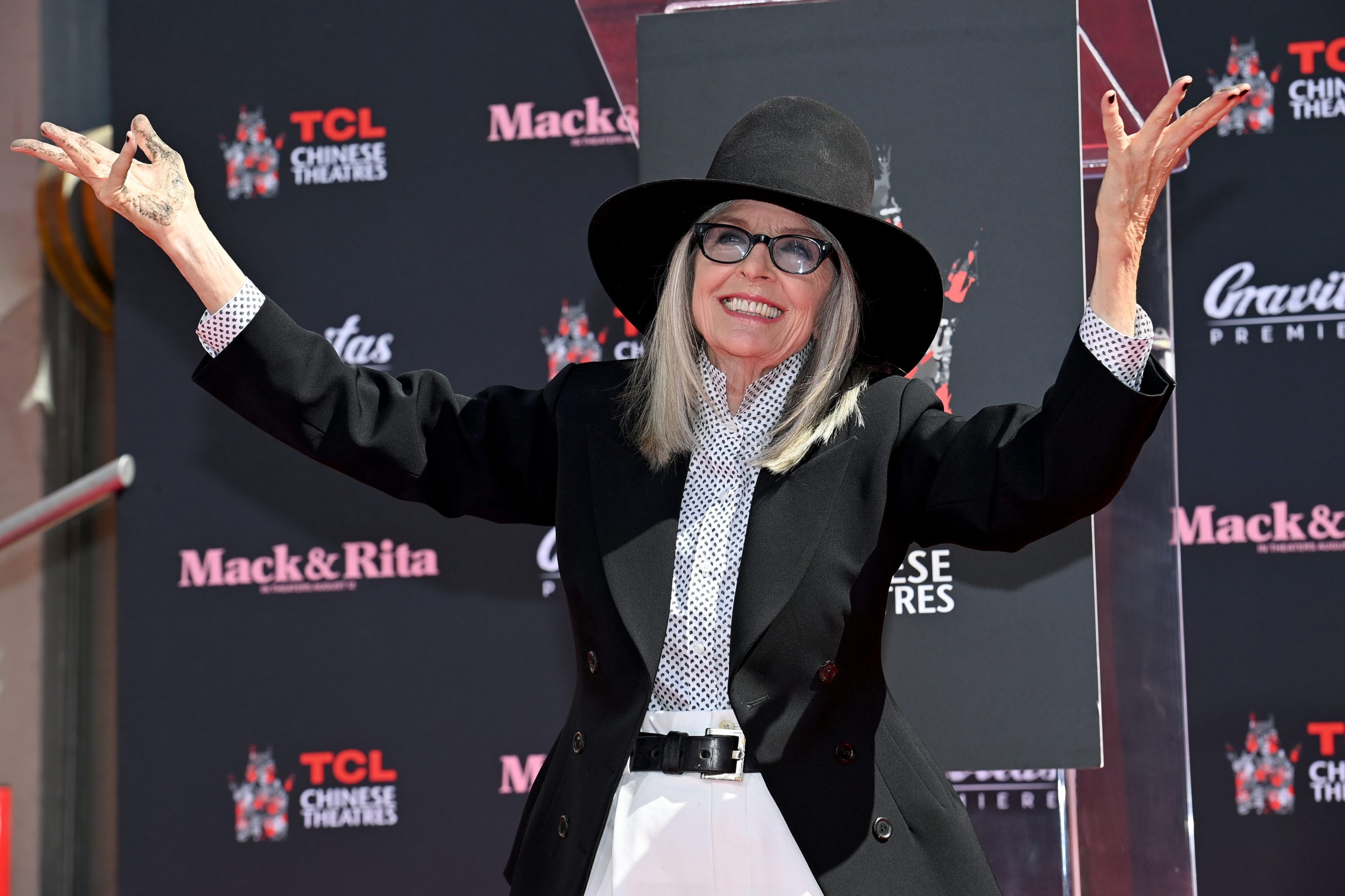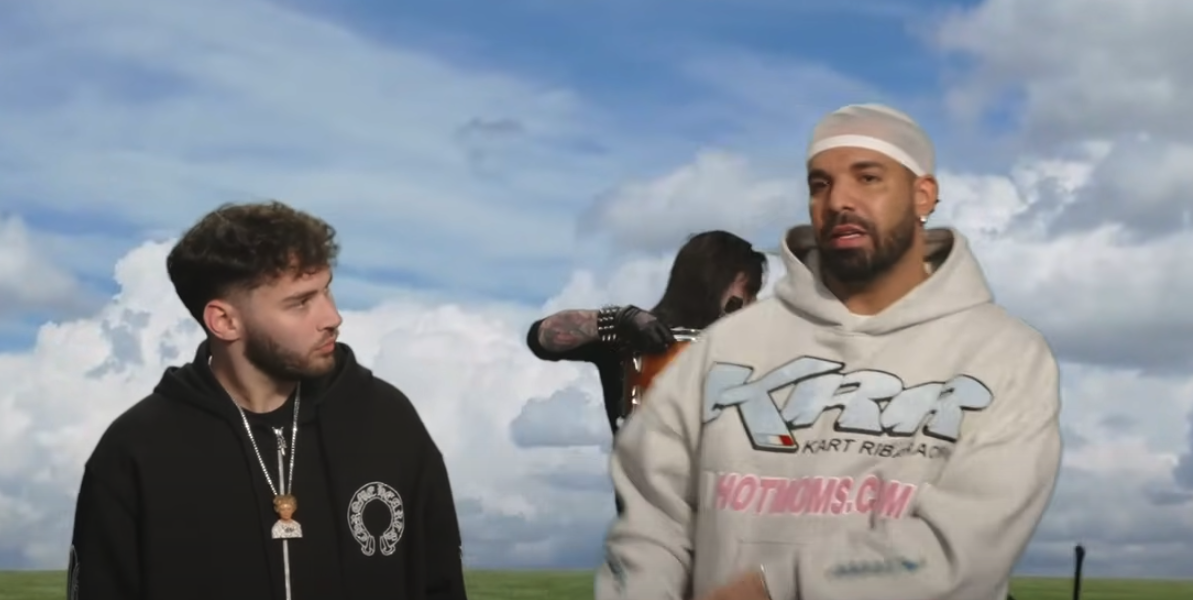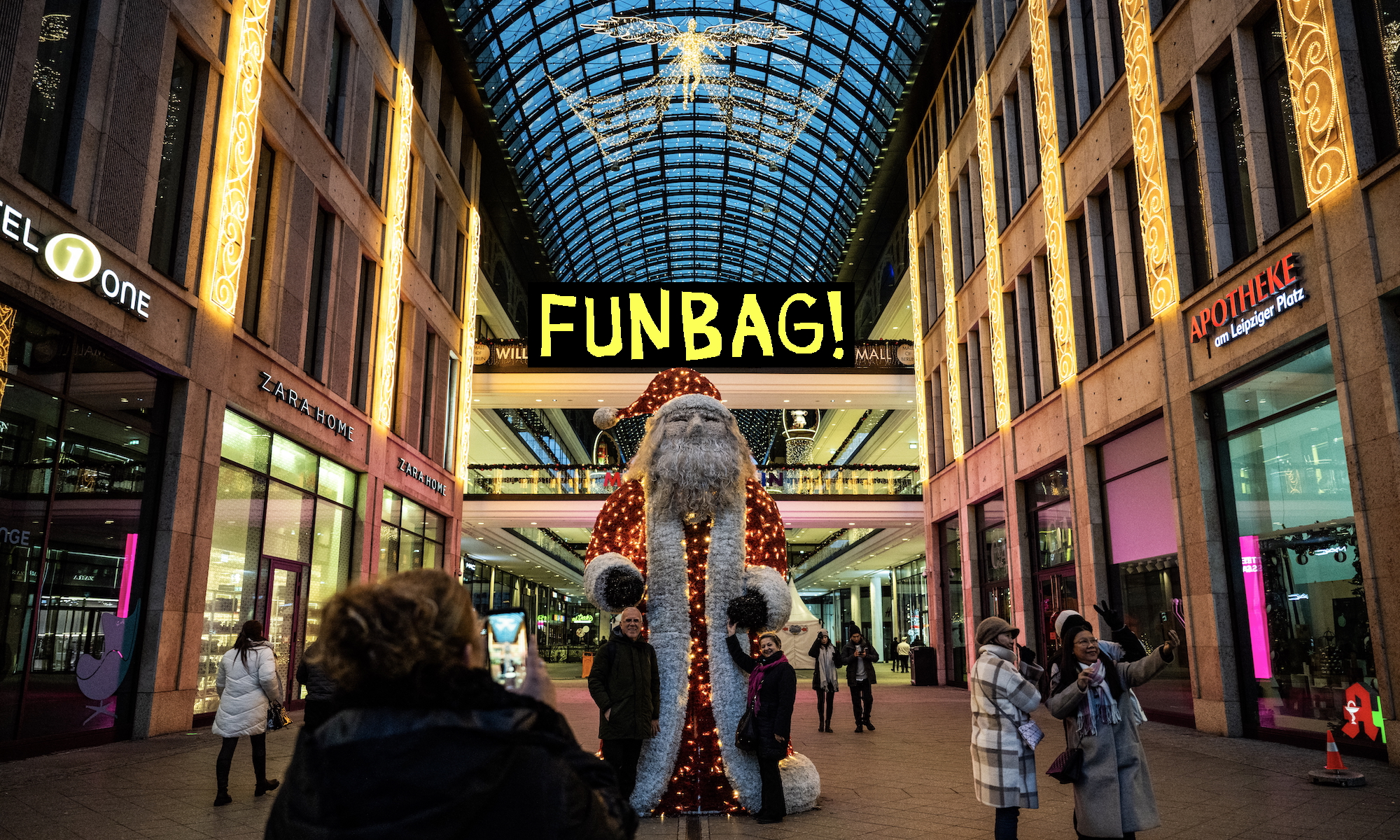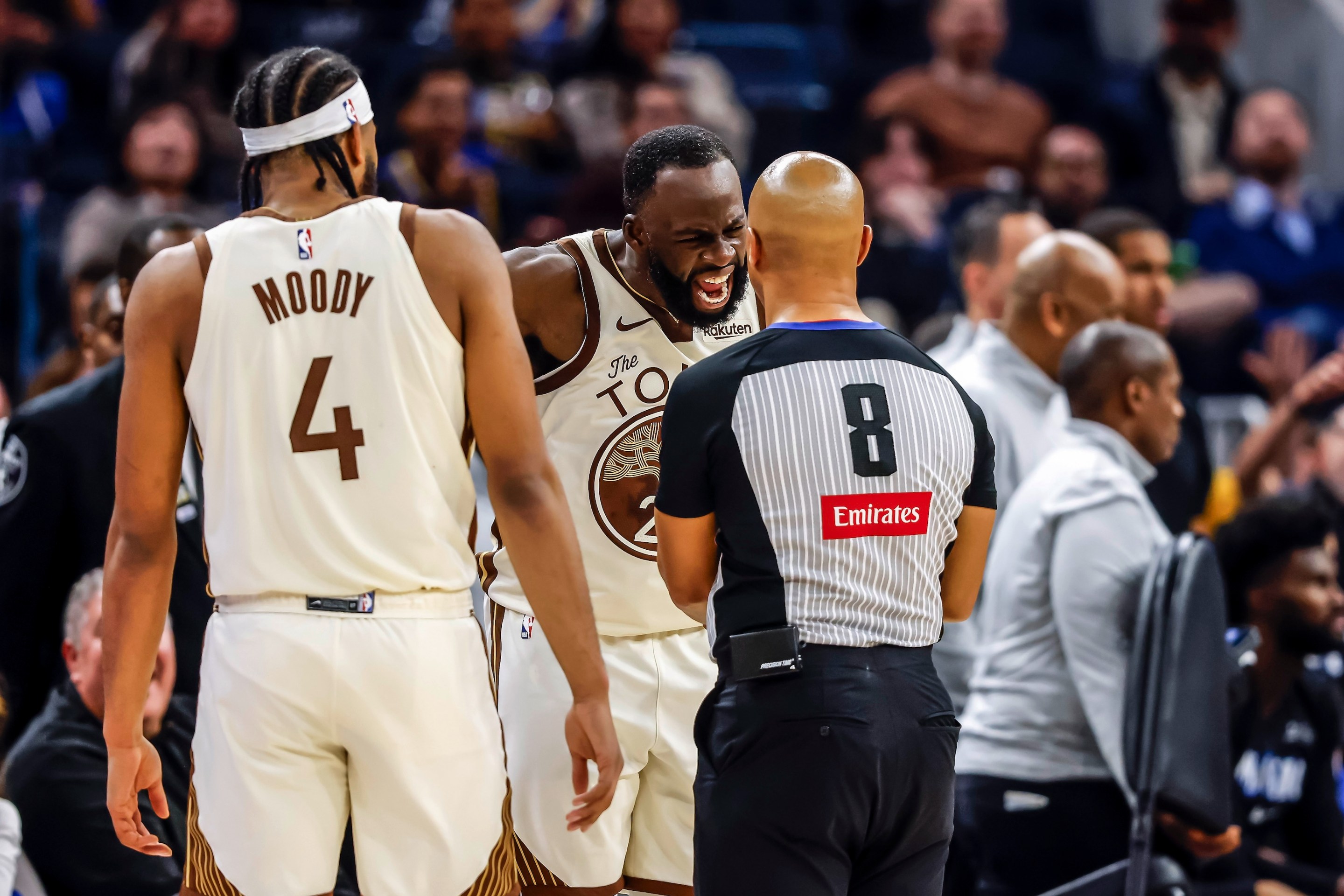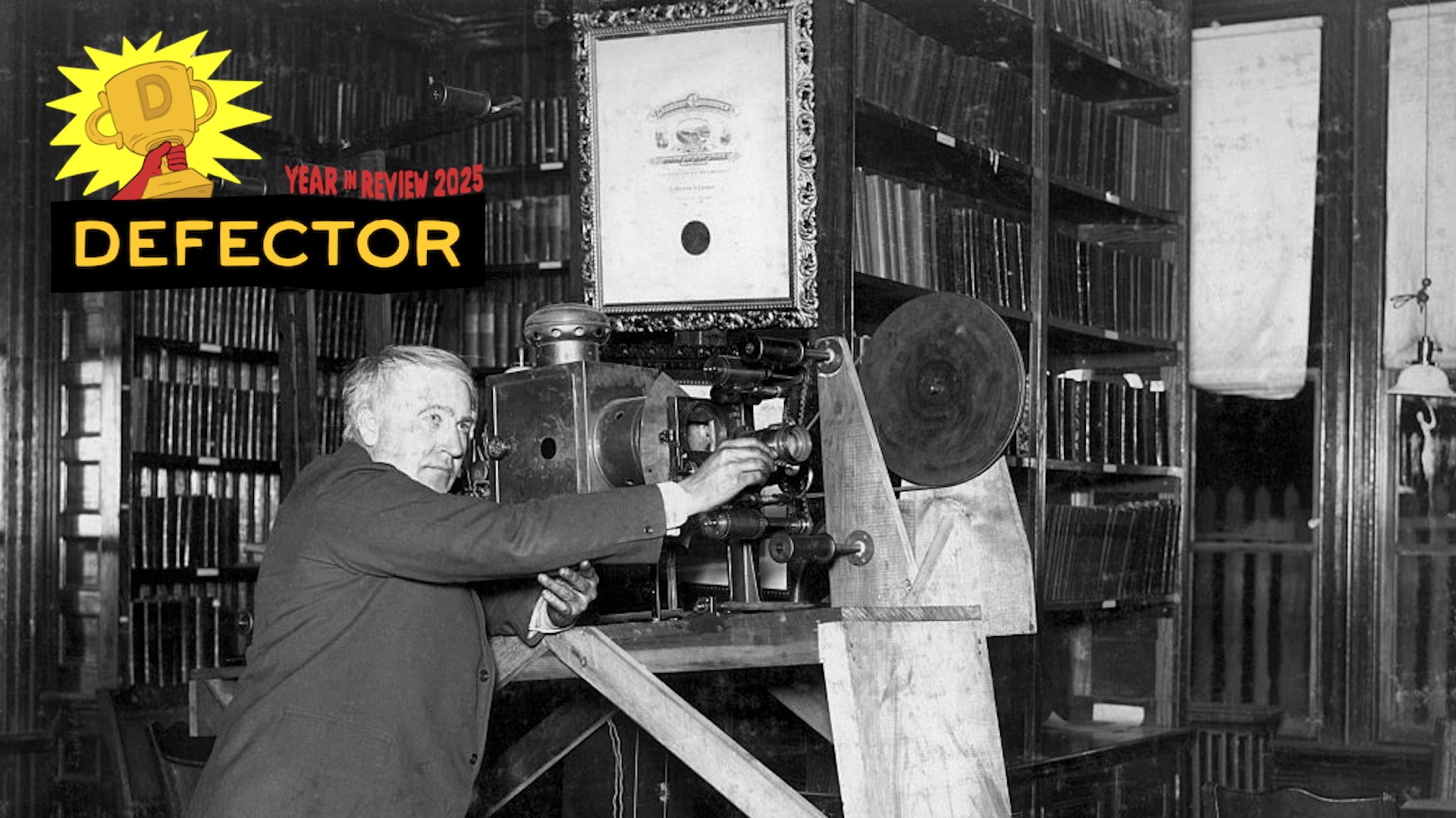At the end of Baby Boom, the 1987 film starring Diane Keaton as a career woman who suddenly becomes a mother after "inheriting" a baby, she stands before a board room full of the very men who decided that motherhood was distracting her from her high-flying corporate career. After quitting and building a new, successful company by herself, these men want her back. She rejects their offer by declaring: "I think I'm doing pretty good on my own." Baby Boom would be Keaton's first collaboration with filmmaker Nancy Meyers, who would—starting a few decades later with Something’s Gotta Give—help install the actress as a romantic comedy mainstay. Keaton was so associated with the genre that when she died on Oct. 11 at the age of 79, appreciations and obituaries described her as a kind of rom-com icon. It's an ironic title considering Keaton seemed to spend her life and career saying, over and over again, I'm good on my own.
In one of her earliest roles, in The Godfather, for which director Francis Ford Coppola hired her because she was already known around town for her eccentricity, Keaton sits rapt with her blonde curls among all those dark-haired Italian Americans, her not-quite-guileless face flattening as Michael Corleone (Al Pacino) tells her about his mafia family. She doesn't fit in that world—neither physically nor temperamentally—and he abandons her when he rises to the top. She's sad about it, she tries to get in touch over and over, but eventually she's fine, really. When Michael does come back to her, he’s the one doing the chasing. In the last scene of the film, Michael takes a meeting as the head of the family and the door closes on Kay, alone, her face holding up the final frame—Coppola knew that Keaton alone could command a room. Years later, she intimated Pacino, with whom she had a relationship off screen, was the one that got away. She thought he would marry her, but wouldn’t go so far as asking him herself. Which is probably for the best, as Keaton wasn't really the marrying kind. She knew that from the start. "I remember in high school," she told People magazine, "this guy came up to me and said, 'One day you're going to make a good wife.' And I thought, 'I don't want to be a wife. No.'"
Even in Annie Hall, the film with which Keaton would most be associated, Woody Allen's very male fantasy inspired by their real-life relationship, she managed to wiggle out of his clutches. And Allen hated it. "The film was supposed to be what happens in a guy’s mind, and you were supposed to see a stream of consciousness that was mine," he said in 2012. "The relationship between myself and Diane Keaton was all anyone cared about. That was not what I cared about." Of course, that's all anyone cared about: Allen is all need and neuroses, Keaton is alluring self-possession. When Allen's alter ego says how lucky Annie is to have him, her response—"Oh, well, la di da"—would become something of a catchphrase. The fate of a man chasing after Keaton is often to end up trapped by himself.
Annie Hall made not just Keaton but her clothes famous, even though the costume designer had not wanted her character to be so fully formed. Allen likes to portray himself as benevolently allowing Keaton to wear what she wanted, but it’s hard to imagine looking at her and thinking anything other than Yes, that will do exactly. She wore ties and shirts and slacks like Katherine Hepburn, though she was in fact emulating Cary Grant. She didn't like her body, it wasn't womanly enough for her, so she went the other way instead. “I had no doubt I could be the person I wanted to be if I applied Cary Grant’s concept that ‘clothes make the man,’” she wrote in her book of essays, Let's Just Say It Wasn't Pretty. The point was less that she hated how she looked and wanted to cover it up, than that she was doing whatever she needed not to retreat from the world despite that. She may have been as insecure as any number of us, but she wouldn't be defined by it. She wrote that her look was ultimately "finding whatever works for you to get out the door every day.”
In Keaton's stream of strong solo on-screen women, Looking for Mr. Goodbar at first seems an outlier. Based on the novel by Judith Rossner, which itself was based on a real murder from 1973, it's a sex-heavy drama that revolves around a young school teacher in New York who hits a new bar every night and ends up dead at the hands of one of the guys she takes home. Rossner has said she wrote the heroine as "a very neurotic, stupid girl who didn’t really think about consequences." It's clear that Keaton didn't see the character this way from how she played it. In Keaton's hands, Theresa starts out naive and vulnerable, but then begins owning what she wants—not what her father wants, nor what the professor who sleeps with her wants, nor what Richard Gere's beautiful hustler wants. If that's a risk, then it's one she's willing to take. "I am my own girl," she says at one point, "I belong to me."
This core self-possession bled even into the films in which she was very clearly supporting men, like Reds, Warren Beatty's magnum opus about the radical early 20th-century journalist John Reed, in which Keaton played the writer Louise Bryant, who left her marriage to work alongside him. Even though Beatty was the film's central force (not just on screen but off, as its director and co-writer), Keaton doesn't allow herself to be swallowed up by him. As Alissa Wilkinson wrote of her type, she is "often portrayed in a relationship with a man but never quite possessed by him." This particularly stood out in Keaton's later romantic comedies.
At the end of The First Wives Club, the first of numerous older gal-pal rom-coms Keaton would star in from her 50s onwards, this one alongside Bette Midler and Goldie Hawn in which the trio seek revenge on the spouses who left them for younger women, it makes sense that she takes the lead on their final performance of "You Don't Own Me." After all, Keaton is the only member of the group who remains single. And while Something's Gotta Give, a few years later, ultimately pairs her up with Jack Nicholson's perpetually single bachelor, it's only after she has exorcised him through yet another hit play (and lots of crying while typing) that she takes him back. In the meantime, Keaton is one of the rare actresses who could convincingly jilt Keanu Reeves on screen. At the end of the film, she sits at a table next to Nicholson, but one that is also full of family, including her daughter's new baby. The moment reminded me of the end of Baby Boom, in which her final scene is not with the vet she's "seeing"—Sam Shepard being the rare male co-star I could see Keaton actually briefly dissolve into, if only briefly—but alone on a rocking chair in the sunlight with her baby.
This is how I picture Keaton at the end of her life. The woman who, both on and off screen, refused to commit to any man, at the age of 50, committed to motherhood—she adopted in 1996 and 2001. That’s who I imagine by her side in those final hours, the kids she brought up by herself, the true loves of her life.
